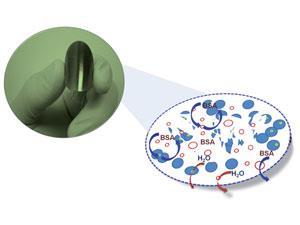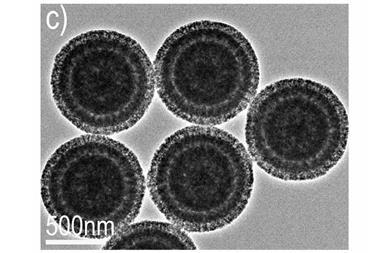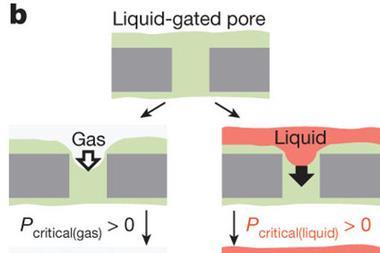There is usually a trade-off between selectivity and liquid permeability when making an ultrafiltration membrane but new research from scientists in the US suggests this doesn’t have to be the case.
Membrane technology is the preferred approach to many industrial, environmental, analytical and biomedical separations. Drinking water purification, wastewater treatment, haemodialysis and fuel cells are just a few examples of situations where membranes are central to filtration processes.

Richard Kaner and his materials chemistry team at the University of California, Los Angeles, have collaborated with Eric Hoek’s group in the Civil Engineering Department at the same institution to pool their interdisciplinary backgrounds in conducting polymers and advanced membrane materials. They embedded conducing polypyrrole nanospheres in a traditional polysulfone membrane by a process known as non-solvent induced phase separation. The resulting membrane was used to separate bovine serum albumin (BSA), a protein that is often used in membrane separation studies, from an aqueous solution. They found the presence of the conducting polypyrrole nanoparticles led to a 10-fold increase in membrane permeability, with only a small sacrifice in protein rejection, in comparison to an analogous polysulfone membrane.
‘What is interesting is that the conducting polymers interact very favourably with water and unfavourably with proteins such that the membranes perform the same separation, but last longer because proteins do not stick to their surfaces and clog up their pores,’ explains Hoek.
‘This work demonstrates the kind of significant improvements in permeability and resistance to fouling that are necessary for the development of the next generation of medical devices, particularly those destined to be portable and implantable,’ comments Thomas Gaborski, an expert in nanomaterials and membrane fabrication at the Rochester Institute of Technology in the US.
The Kaner and Hoek groups aim to continue this line of research, exploring methods to further tailor the properties of membranes, with a particular emphasis on materials for kidney dialysis.








No comments yet